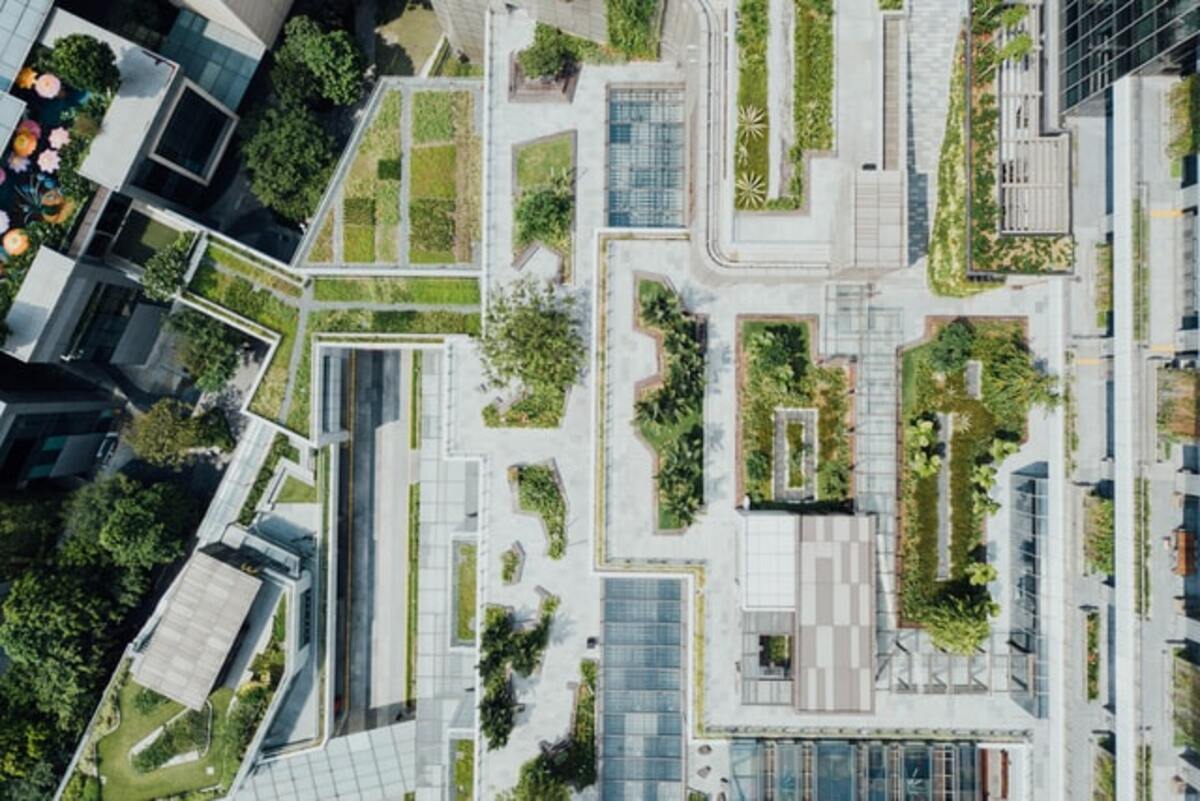List of Building Material for Green Construction

Whether a property owner or a contractor, there are several reasons why you need to consider green building materials for your projects. Businesses, contractors, and homeowners are switching to alternative sustainable materials to limit the project's environmental impact. Investing in a sustainable construction project will reduce carbon emissions while boosting the public's perception as an environmentally responsible company.
A structure that uses green materials has a high possibility to get a LEED certification that can boost public reputation, especially if you incorporate LEED access doors and panels into the design of your building.
What Are Green Building Materials?
Green building materials, also called eco-friendly materials, are building construction materials that have a low impact on the environment. They are composed of renewable resources rather than non-renewable resources. These have to be natural and will not spoil by the heat, humidity, or cold.
Here are some lists of the building materials that will make your construction project green:
Bamboo
Bamboo has an incredibly high generation rate and is considered one of the best eco-friendly materials in buildings. It continues spreading and growing without the need for replanting after the harvest. Bamboo is a perennial grass and not wood and grows almost everywhere except in Antarctica and Europe.
Bamboo has a high weight-to-strength ratio, comprehensively greater strength than brick and concrete, and lasts incredibly long. Bamboo is the best choice for cabinetry and flooring material. However, it requires a treatment to resist rot and insects, and if left untreated, the starch contained with it will significantly invite rots and insects, and it will crack or swell after absorbing water.
Cork
Cork proliferates like bamboo and grows after harvest in a living tree and will continue to produce more cork, like tree bark. Cork is resilient, reverts, and flexible to its original shape even after sustaining pressure for a long time. It is also resistant and resilient to wear, making it a popular element in the floor tile.
It is excellent in absorbing noise and perfect for insulation sheets material. And because of its superb qualities in shock or pressure absorption, it is also the best material for subflooring. It is also a fire-resistant material and a good choice for thermal insulators, especially if it remains untreated when it burns; it will not release toxic gasses. It will not absorb water or attract rot.
Straw Bales
Another building material is straw bales and can be used as framing material and can act as a soundproof material, and have excellent insulation properties. It is also the best choice as a fill material between beam framework and columns.
Straw can be replanted and harvested easily with a very minimal environmental impact. Making straw into bales has a meager influence. It can place ceilings, attics, and walls to contribute to warmer house temperature during winter and cool the house during summer.
Reclaimed Wood
Using reclaimed wood is one of the responsible ways environmentally to save trees and minimize the volume of lumber in landfills. Mostly they are found from home remodeling companies or contractors, shipping crates, salvage yards, pallets, excavation companies, and retired barns.
It is suitable for structural framing, flooring, and cabinetry. Reclaimed wood is primarily lightweight and has less strength, and every pierce should be chosen and assessed for inappropriate projects to prevent risk. And also, it is susceptible to degradation and insects, so it needs additional treatment or reinforcement when used.
Sheep's Wool
Sheep's wool is an excellent alternative to chemical-laden insulation material. It can insulate homes just like conventional insulation and requires less amount of energy to manufacture. It can increase soundproof and energy efficiency in the structure. It will not degrade quickly like other natural insulation materials such as cotton and straw. It is more prevalent and easy to harvest and generates quickly.
HempCrete
This green material is concrete like made from woody inner fibers from hemp plants. The fibers are mixed and bind with lime to form concrete-like shape blocks that are light and strong. It dramatically reduces the use of energy in transporting blocks, and it is lightweight. It is sturdy and also has excellent fire-resistant, acoustic, and thermal insulation qualities. Additionally, it is the largest sustainable property and absorbs CO2 more than it emits because of its negative reading of CO2 content. Hemp itself is a renewable and fast-growing resource.
Many green building materials are available today, and their properties contribute mainly to energy saving. However, the aim of using those eco-friendly construction materials is to have an energy-efficient building structure and to construct a responsible and sustainable building structure that is also beneficial to our environment. Make sure that your next commercial build uses green construction materials!



